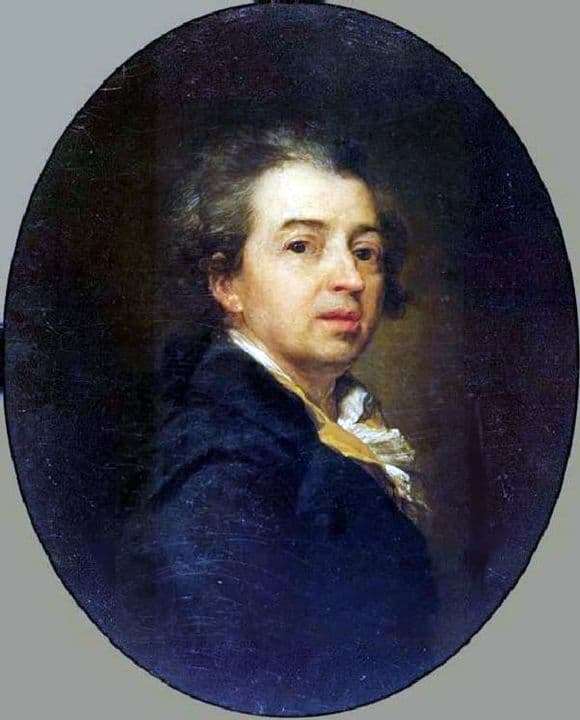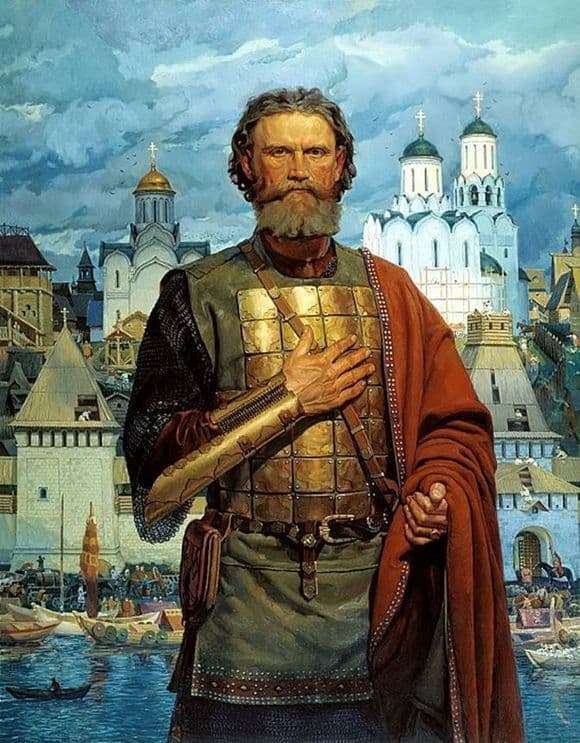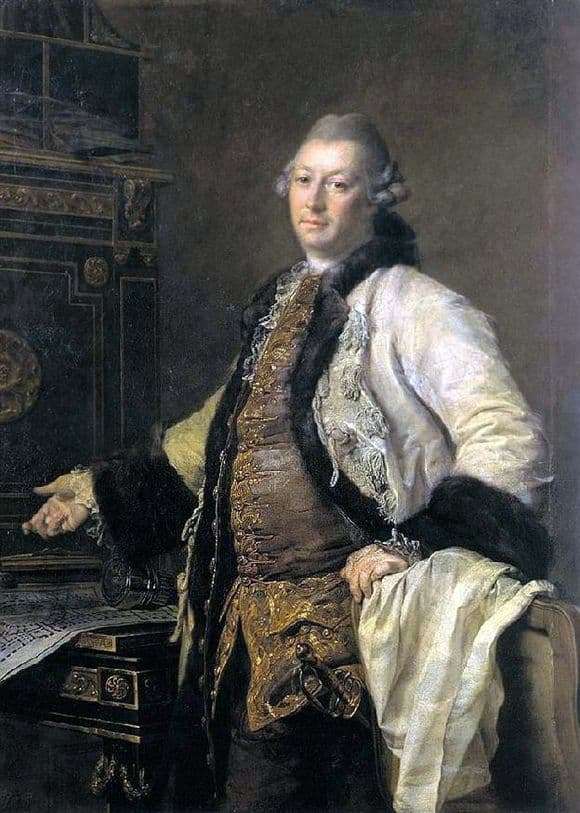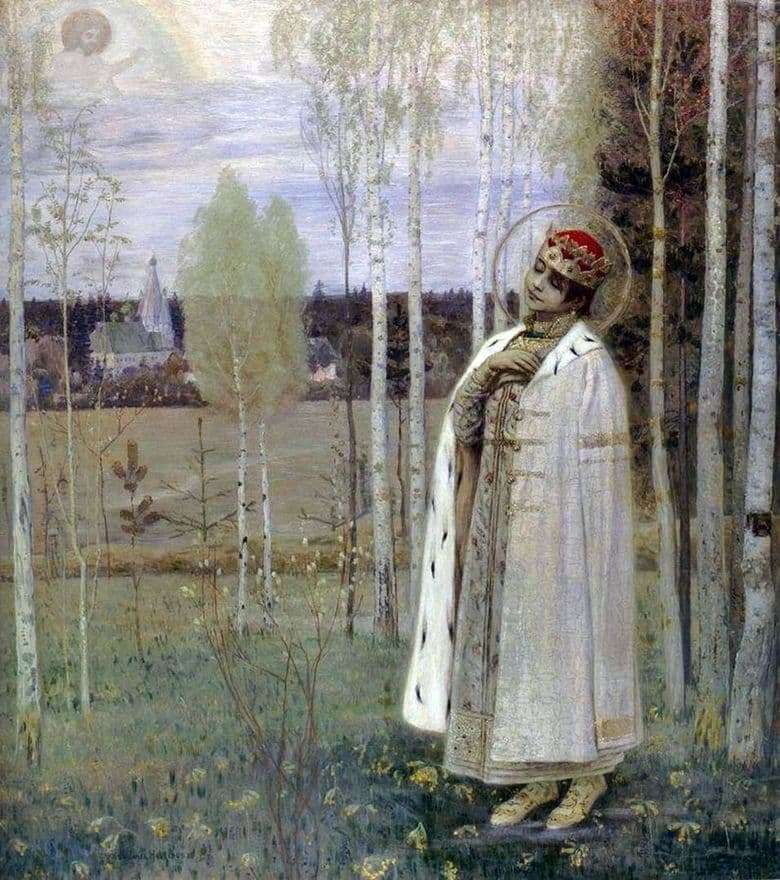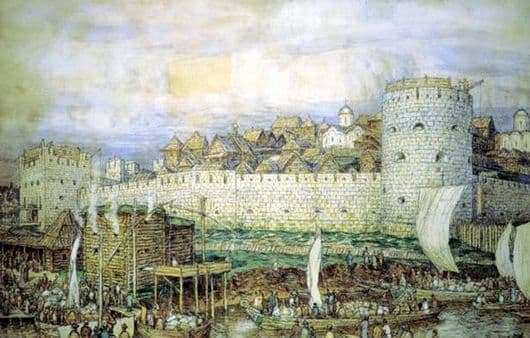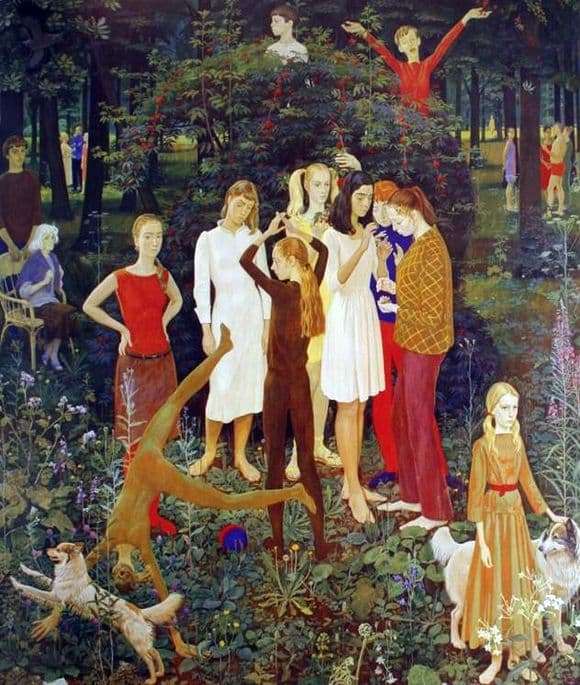
Dmitry Zhilinsky is not at all like any artist and any views relating to them. Moreover, the master’s work differs both in its manner and in the inner filling of the spiritual picture with respect to its professional and everyday habits.
If you look closely at the work, you will immediately see that every hero on the canvas is the main one and is marked as if by some kind of seal of individuality and chosenness.
Each character is far from everyday prose and spends his life according to some unremarkable, but very important laws. Apparently, all this is done only in order to live their happy hours, before the “call to Apollo.”
One might think that the rest of the time the heroes are in a state of uncertainty and confusion, while striking everyone around them with their singularity and the oddity of their actions.
Despite all the seeming first simplicity of work, in fact, the picture is much more difficult to perceive. The initial scrupulousness to a large number of small details, is capable of misleading and thereby causing absolutely not the associations that the master sought. Some viewers see an extremely illusory transfer of nature.
But if you understand and understand what hidden gears control this mechanism and according to what methods the work chosen by the master happens, you can understand a whole range of his paintings.
All techniques are subject to the same integrity of the picture, which affects deep philosophical reasoning. And all this is very much combined with the maximum accuracy of a recreation of nature.
Thanks to this paradox, the master was able to create and show his unique and inimitable world, where things, images, and seemingly incompatible at first glance, images, emotions, where every hero as if tells his story to the viewer, are so well combined.
Description of the painting by Dmitry Zhilinsky “Sunday”

